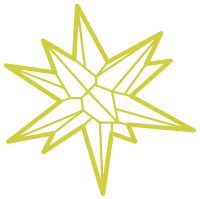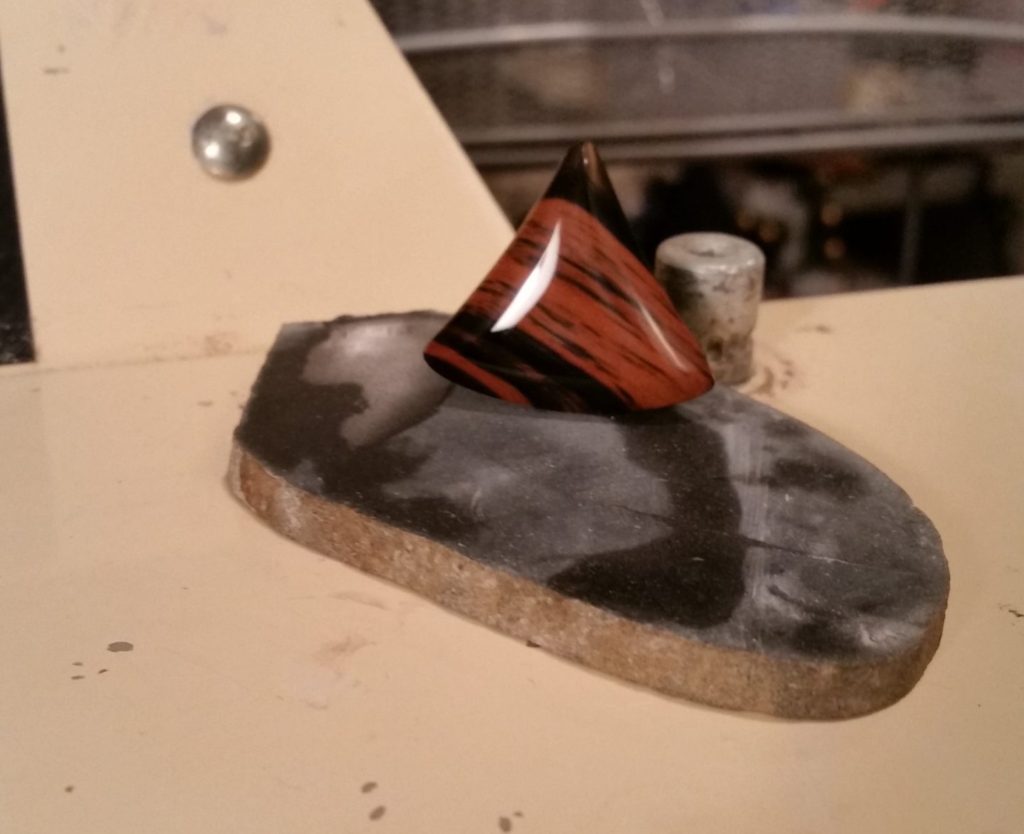A comprehensive list of gemstones and polishing compounds found to make each stone dazzle the eye was published originally in Gem Cutters News in 1998 by Benjamin E. Schmidt. Ben was a founding member of the Gem Cutters Guild of Baltimore, MD. He was an experienced lapidary who created beautiful gemstones. He also taught gemstone cutting and jewelry smithing at the Gem Cutters Guild. This list was compiled by Ben from his personal experiences. I have updated the list and added several other gemstones gleaned from what I learned from other cutters along the way.
I have used many of these polishes on some of my own lapidary material. Many but not all. These polishes work for cabochons as well as faceting. Even though diamond is an alternative to oxide polishes, oxides are equally effective and widely used.
This list doesn’t contain every gemstone (minerals or rocks) out there, but it does contain most of the more common ones. Several varieties of quartz are listed separately: agate, aventurine, bloodstone, jasper, petrified wood, tiger-eye, tiger-iron, but others are not: chalcedony, chert, chrysoprase, coprolite, dinosaur bone, and many others.
Beryl, as listed, includes its varieties: Aquamarine (blue to green-blue), Bixbite (red), Emerald (deep green), Golden Beryl (yellow range), Goshenite (colorless), Heliotrope (light yellow-green), Morganite (pink).
If you don’t find a particular gemstone you’re working on, I recommend Gemstones of the World by Walter Shermann and the Color Encyclopedia of Gemstones by Joel Arem. These books contain a wealth of information about the world of gemstones and might lead you to a one on this list. If not, experiment with different combinations of polishes and laps until you find a combination that works for you.
Here’s a tip for mixing your polish with water: Polishing slurries should be thin mixtures, more water than polish compounds. It doesn’t take a lot of polish to make a stone shine. Too much polish in a slurry that makes it closer to a paste, can hinder polishing and cause minute scratches.
Finally, laps are as important as the polishes. Leather, felt and muslin seem to be the most popular. For instance, I use leather primarily with CO, TO, Linde-A & -B. Muslin, tin, Lucite and wood laps are also used (some cutters use CO on a tin lap for Iolite). I suspect the combination of lap and polish varies with each lapidary, so I won’t go into this.


